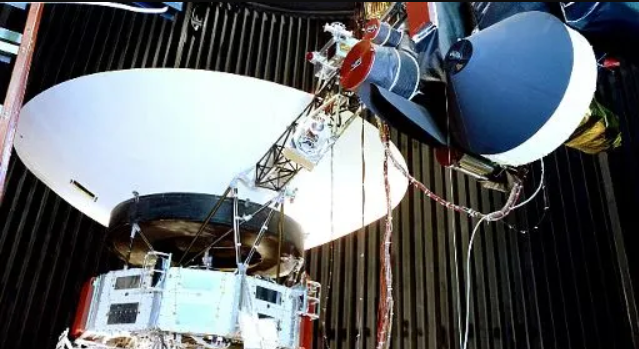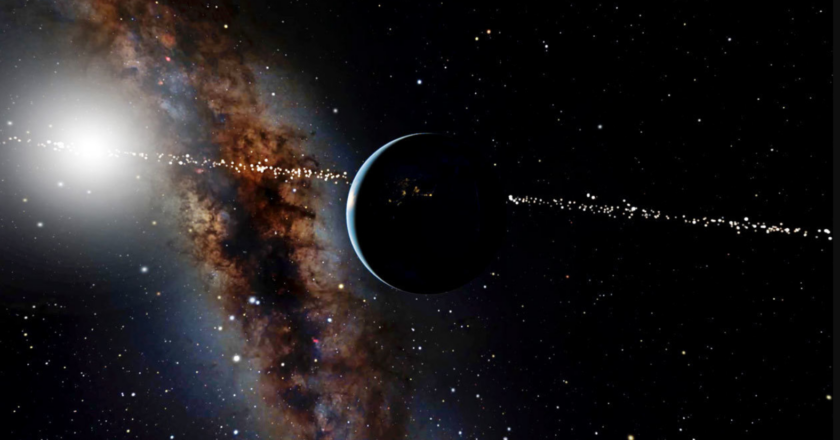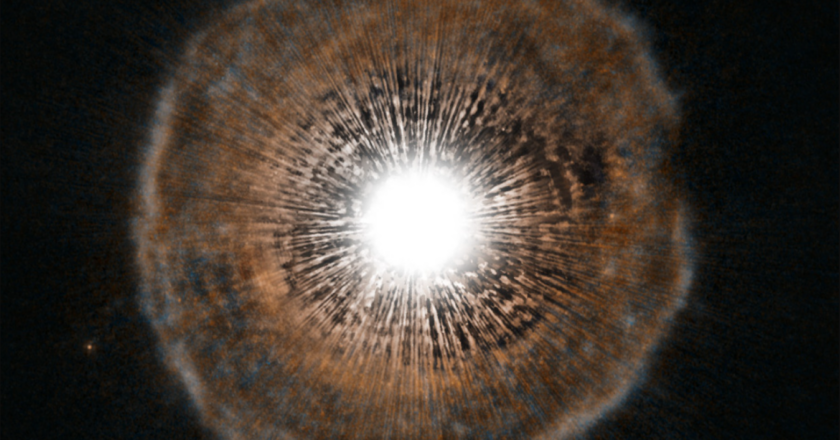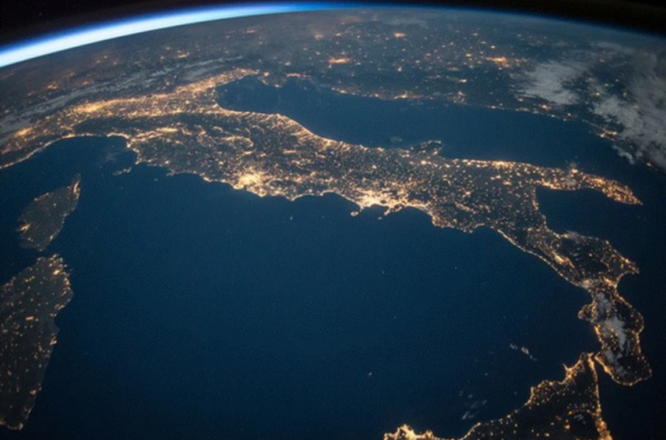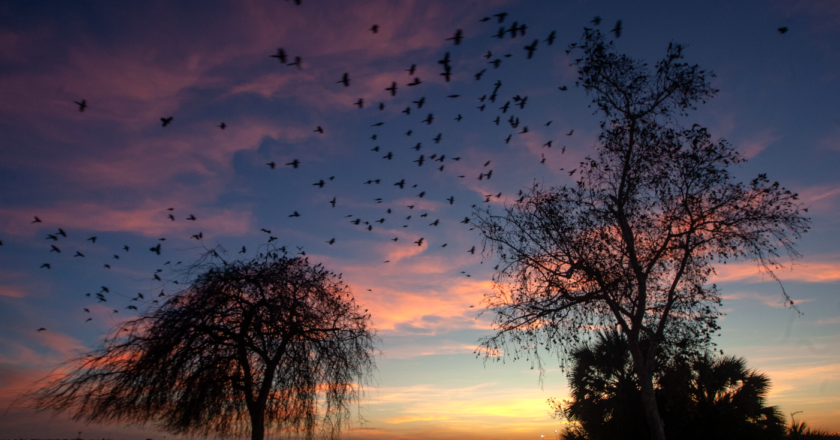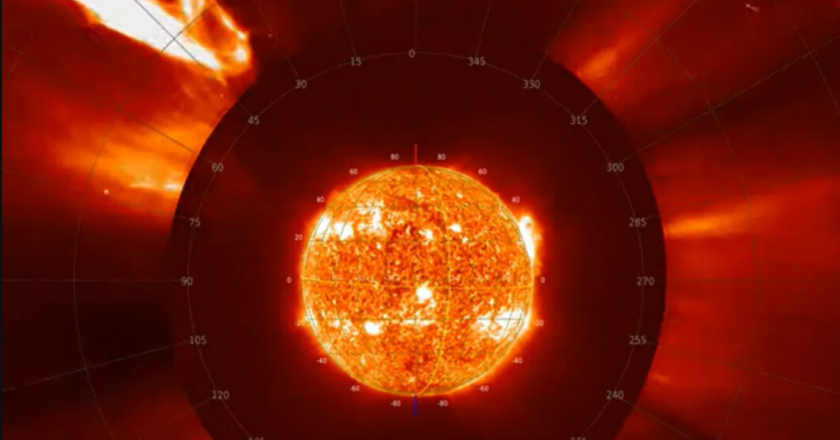Deep Space Gives Voyager 2 Life-Extending Power 2023
NASA engineers developed a power-saving method to extend the Voyager probes' exploration into interstellar space.
Since 1977, Voyager 1 and 2's power sources have been decreasing, putting their equipment at risk. Solar power doesn't work in outer space. Engineers gave each Voyager three radioisotope thermoelectric generators (RTGs). These generate energy from plutonium-238 decay heat.
They're nuclear batteries dropping 4 watts each year. The Voyagers don't require that electricity for propulsion, but they do need it to collect scientific data on distant charged particles and magnetic fields—humanity's sole chance to do so in interstellar space.
A Power Upgrade Extends Voyager 2's Mission in Space
NASA began investigating techniques to extend Voyagers' instrument life two year...

